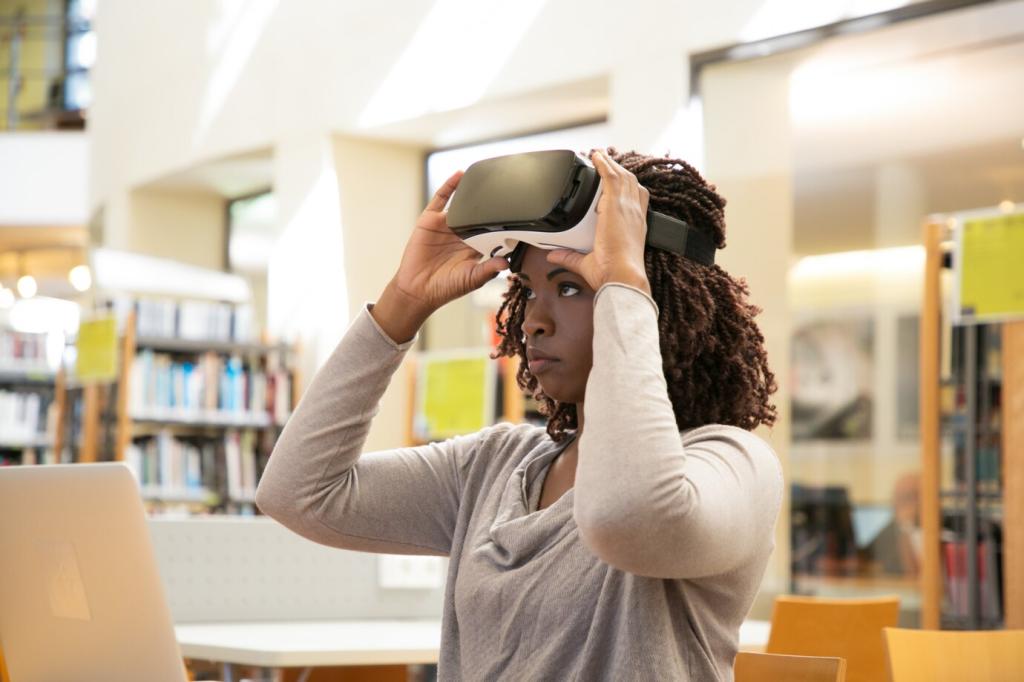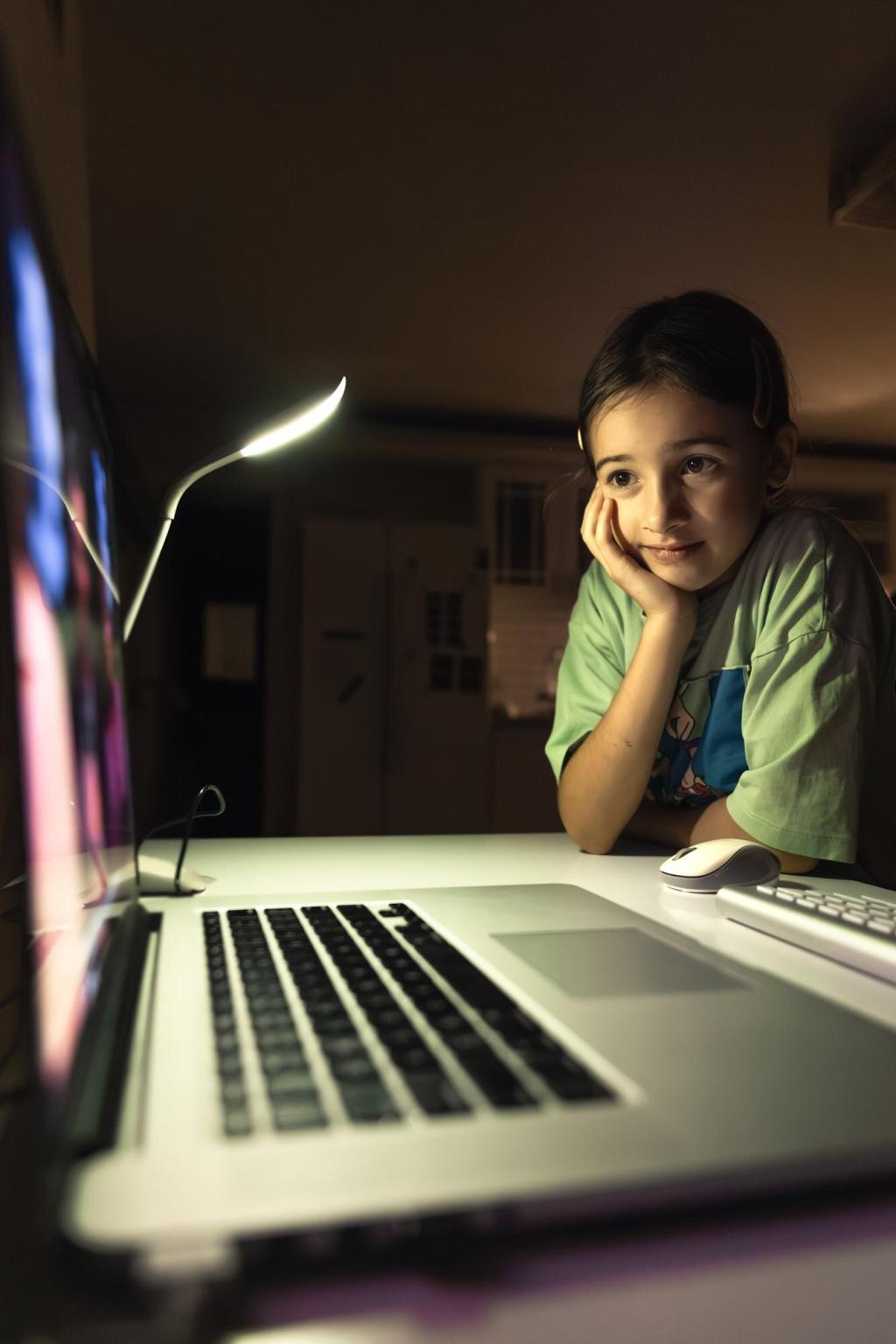Technological Advancements Driving Virtual Classrooms
Virtual classrooms have rapidly transformed how students and educators engage with learning, propelled by continual technological innovations. The education landscape now benefits from a connected, interactive, and personalized environment that transcends the physical boundaries of traditional classrooms. As emerging technologies become increasingly integrated into educational platforms, they are reshaping pedagogical methods, improving accessibility, and offering dynamic learning experiences. This page explores the significant technological advancements that drive the evolution of virtual classrooms, highlighting their impact on teaching and learning in today’s digital age.

Seamless Communication and Collaboration Tools
Video conferencing has become the cornerstone of virtual education, allowing learners and instructors to connect visually and audibly, regardless of geographic location. High-definition video, screen sharing, and adaptive bandwidth technologies provide a smooth, immersive classroom experience. Modern platforms support large group sessions as well as small breakout rooms, fostering both collective lessons and smaller, focused discussions. This real-time connectivity not only mirrors the dynamics of a physical classroom but also enhances accessibility for learners who may have otherwise struggled to attend in-person sessions.
Instant messaging and chat features enhance communication by enabling quick, informal exchanges between students and educators. These tools facilitate questions during lectures without interrupting the flow of instruction, support collaborative brainstorming, and provide a space for peer-to-peer learning. Integration with educational platforms allows chats to be archived and referenced later, ensuring that valuable insights and answers are preserved for future use. By lowering communication barriers, instant messaging encourages more engagement from all participants.
Collaborative document editing tools enable multiple users to work simultaneously on shared assignments and projects. These cloud-based solutions allow for real-time changes, version tracking, and the inclusion of multimedia resources, fostering teamwork and creativity. Students learn to coordinate with peers, edit each others’ work, and develop shared understandings, essential skills for both academic and professional environments. Collaborative editing also empowers teachers to provide timely feedback, guiding students’ progress as they develop their projects.

Intelligent Learning Management Systems
Artificial intelligence within learning management systems reviews student progress and preferences, creating individualized journeys that cater to unique learning styles and needs. By analyzing assignment results, participation data, and other metrics, these systems adjust content difficulty, recommend supplementary resources, and flag challenges early. This level of personalization enables students to learn at their optimal pace, preventing disengagement and enhancing outcomes. Educators also benefit from data-driven recommendations to better support student growth.

Immersive and Interactive Content Delivery
Multimedia Integration
Teachers can now easily embed videos, animations, podcasts, and interactive graphics within their virtual lesson plans. These multimedia resources appeal to various senses and learning styles, helping to break down intricate ideas and sustain attention. Video tutorials can demonstrate processes visually, while podcasts may provide context or real-world perspectives. The seamless integration of multimedia supports differentiated instruction, allowing students to engage with materials in the formats that best suit their needs.
Virtual and Augmented Reality Applications
Virtual reality (VR) and augmented reality (AR) technologies transport learners into simulated environments or enhance the real world with digital overlays. Students can undertake virtual science experiments, visit historical landmarks, or participate in simulated clinical scenarios without leaving their homes. These immersive experiences build deeper understanding through hands-on participation and experiential learning. As VR and AR become more accessible, their role in enabling active, engaging, and memorable lessons continues to grow within virtual classrooms.
Gamification and Interactive Assessments
Gamification applies game design elements—such as points, levels, and leaderboards—to academic activities, boosting motivation and retention. Interactive assessments, including quizzes with feedback or scenario-based challenges, offer opportunities for immediate practice and self-correction. These techniques transform assessments from passive evaluations into dynamic learning tools, encouraging repeated engagement and mastery. By making learning both enjoyable and challenging, gamified content fosters persistence and a stronger sense of achievement among students.

